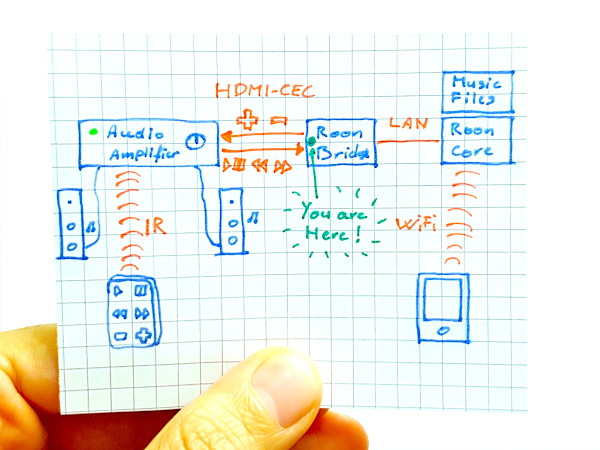My NUC computer is connected to my audio amplifier with HDMI cable. (My NUC is Roon Core and Roon Bridge.)
I am using my amplifier remote control to control Roon (Play, Pause, Prev, Next…) thanks to CEC.
It’s been working like a charm for months now.
Being able to pause with the amp remote control is very useful when the phone rings. Pressing “Next” when playing Roon automatic lists/radio is also really nice.
More info on this post: Roon CEC controller extension
And here: https://github.com/benjaminbellamy/roon-cec-controller-extension

2 Likes